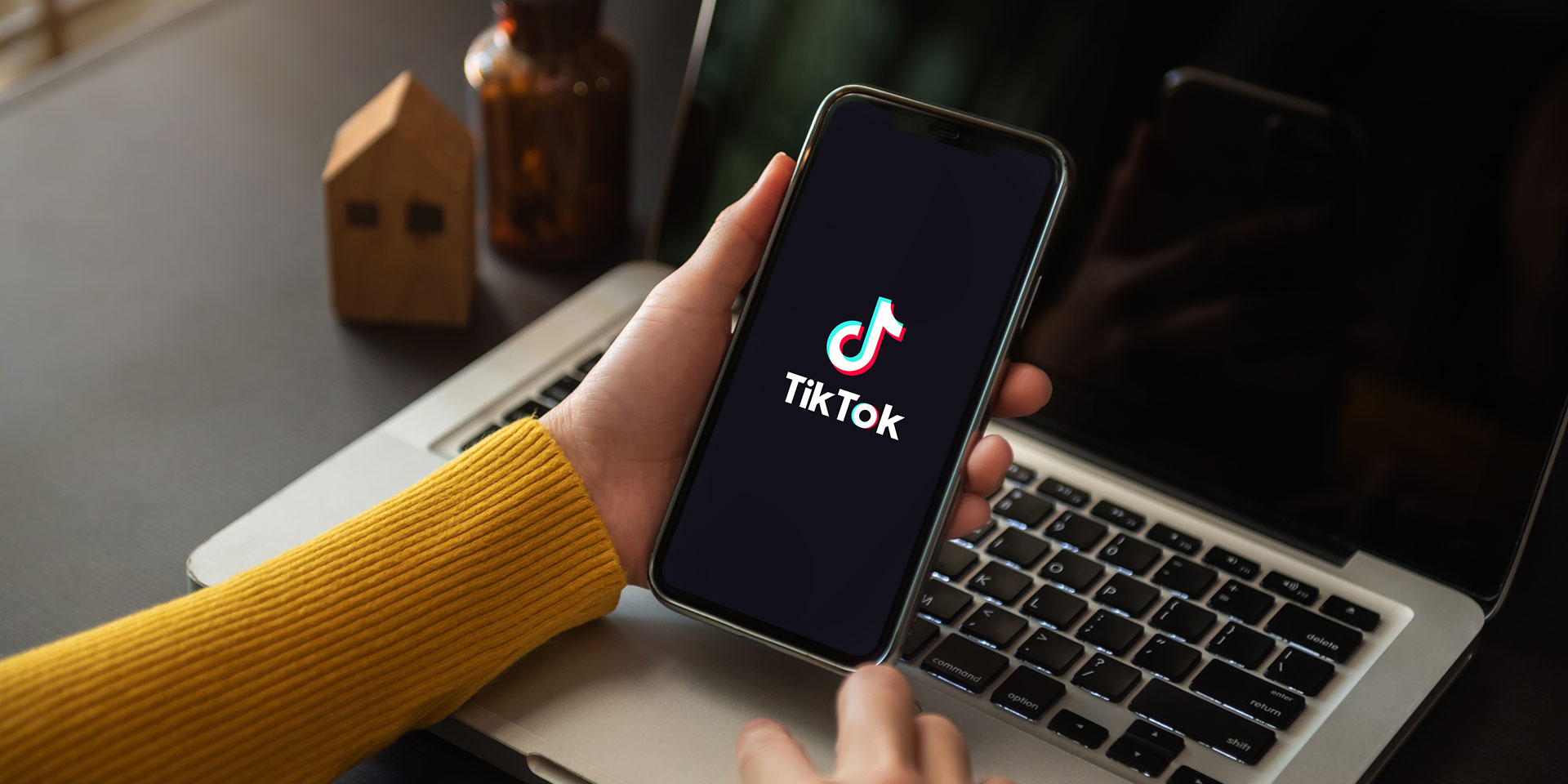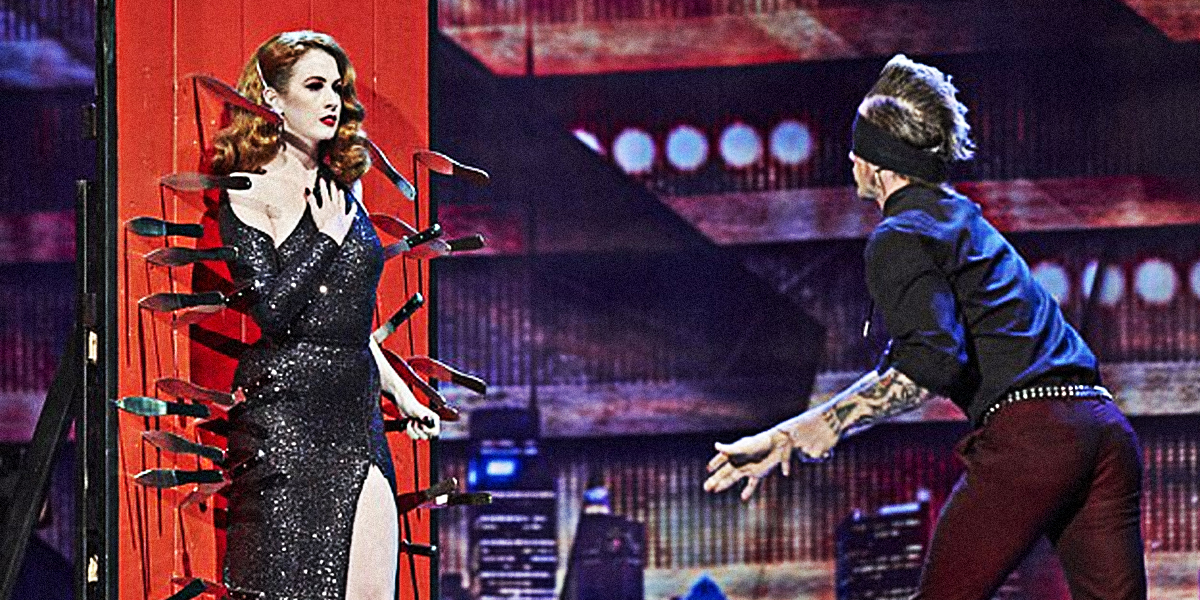So, What is Nostalgia Marketing?
Nostalgia Marketing is the use of shared memories by a specific demographic to evoke some kind of emotional response from that audience. The goal is often to create an association of warmth and familiarity with a brand or product.
It’s always existed in marketing, it only mattered who had the buying power at the time. In the ‘80s, we were nostalgic for the ‘50s, and in the ‘50s we were nostalgic for the ‘20s. Now that Millennials and Gen Z hold all the cards, brands are nostalgic for the 1980s to the 2000s.
"When the going gets rough, the tough use escapism"
With the lines being blurred between work and play and the global economy taking a not-so-subtle dip, 2025’s breadwinners love remembering simpler times. That means leaning into familiar tastes and smells, calling back to pop culture from way-back-when, and using visual cues like fonts and patterns to remind audiences of those little joys that made life so great.

Why is Nostalgia Such an Effective Tool for CPG?
Our senses of taste and smell are some of our strongest memory makers
In the early 20th century, French author Marcel Proust published a novel called In Search of Lost Time, in which a famous passage describes a fond memory of childhood, brought upon by the taste of a madeleine dunked in tea. This later became known as The Proust Effect, which describes involuntary memories brought on by the senses.
That means consumer packaged goods can uniquely activate those fond, nostalgic moments, creating an emotional connection with the past — and the brand.
How to Use Nostalgia Marketing
1. Launch limited-edition throwbacks
Nostalgia works because it’s fleeting. Lingering too much in the past may make the brand feel stagnant. Strategically use limited launches, using familiar packaging and products to give users a taste of the good times — without making it feel like overkill. Blend your nostalgic moments with fresh ideas.
A good example would be General Mills’ use of its own IP. In collaboration with pop artist KAWS, it brought back limited-edition versions of its classic Monster Cereals of the 1970s.
Oreos also calls back to older flavors, most recently bringing back Birthday Cake Oreos and the renamed S’moreos. These work because they call back to those memories by reminding consumers about the experience associated with them. This is called a memory chain, which is when your brain makes a connection from one memory to another.

2. Look for creative opportunities
Brand anniversaries are the perfect time to bring back old IP. Use this time to take advantage of brand loyalty, reward the audience that’s stuck by your brand, and drum up interest and interaction.
In 2024, McDonald’s celebrated its 50th anniversary by bringing back some of its colorful ‘80s look in a 60-second spot, as well as some of its classic characters and retro branding. This allows the brand to come full circle in its storytelling while remaining open-ended and optimistic for the future.
Nostalgia Marketing can also apply to the appropriate brand partnerships, like McDonald’s Adult Happy Meal and Minecraft. It’s not the first time McDonald’s has done adult portions of their famous Happy Meals. This works because while the film is new, Minecraft itself is approaching 16 years since its initial release in 2009. This allows the cross-generational game to appeal to the young audience seeing the movie, and the older audience who have been into Minecraft since its conception.
For example:

3. Use retro aesthetics for digital
Certain colors and fonts can give the impression of time periods, like the metallic logos that were popular in the 2000s or the orange and brown geometric patterns of the 1970s. Brands can recreate a certain aesthetic.
For example, when Stimorol South Africa released its Retro-flavored gum in 2020, its digital comms used popular imagery and fonts from the 1980s. Not only did the product itself carry the 80s aesthetic, they were brought to life on digital with an arcade aesthetic and the Memphis Style shapes and colors that were popular at that time.

4. Create campaigns around shared childhood memories or cultural moments
These can be tiny moments of joy, or pop culture moments that everyone seems to remember. Do you remember where you were when Ross was trying to get his couch up the stairs?
A good example of pulling pop culture moments from the past? New Coke.
For those seeking to forget, we won’t let you. New Coke was a failed, short-lived attempt to reinvigorate the brand during a slump in the ‘80s. They changed the classic Coca-Cola formula, leading to massive backlash and an extremely memorable product disaster. In honor of the third season of Stranger Things in 2019, Coca-Cola relaunched New Coke for a limited time — a very limited time.
While it seems counter-intuitive to call attention to past mistakes, Coca-Cola’s making light of its own blunder feels self-aware and, as a result, on-brand.
When you’re calling back to the past, make sure that it feels true to your existing marketing.

Since Nostalgia Marketing relies so heavily on the audience already having an emotional attachment to the content, they’ll be able to sniff out inauthenticity a mile away. Nostalgia-done-right will help reinforce an existing emotional bond to the brand, showing your audience that you’re paying attention.
Looking for more interesting insights?
Connect with Magnetic Creative to see what else is new (or old) in the world of CPG branding.




Join the Discussion